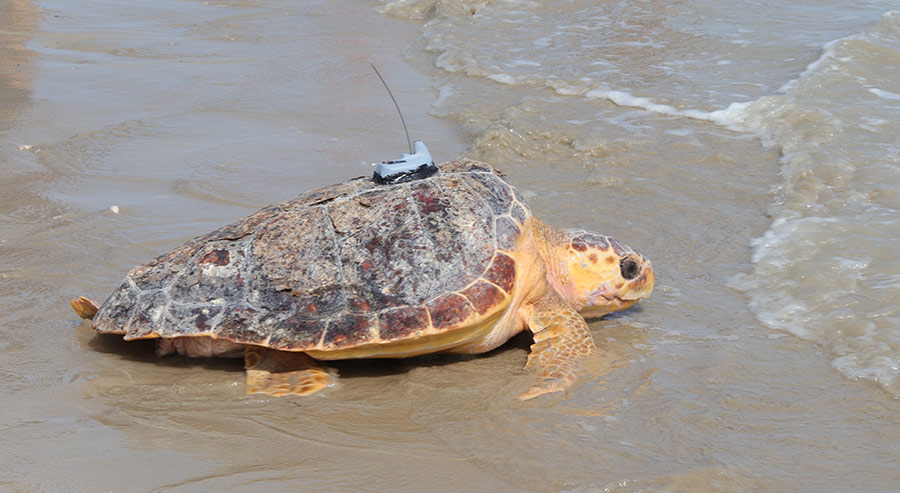
Apr 14, 2022 | Marine Animals, News, Wildlife Monitoring
Juvenile sea turtles are cared and rehabilitated at Aquarium La Rochelle, in France. Since 2008, a few of them were equipped with Argos PTTs before being released. Analysis of their tracks could help understand if they were trapped in a nutrient-rich but cold in...
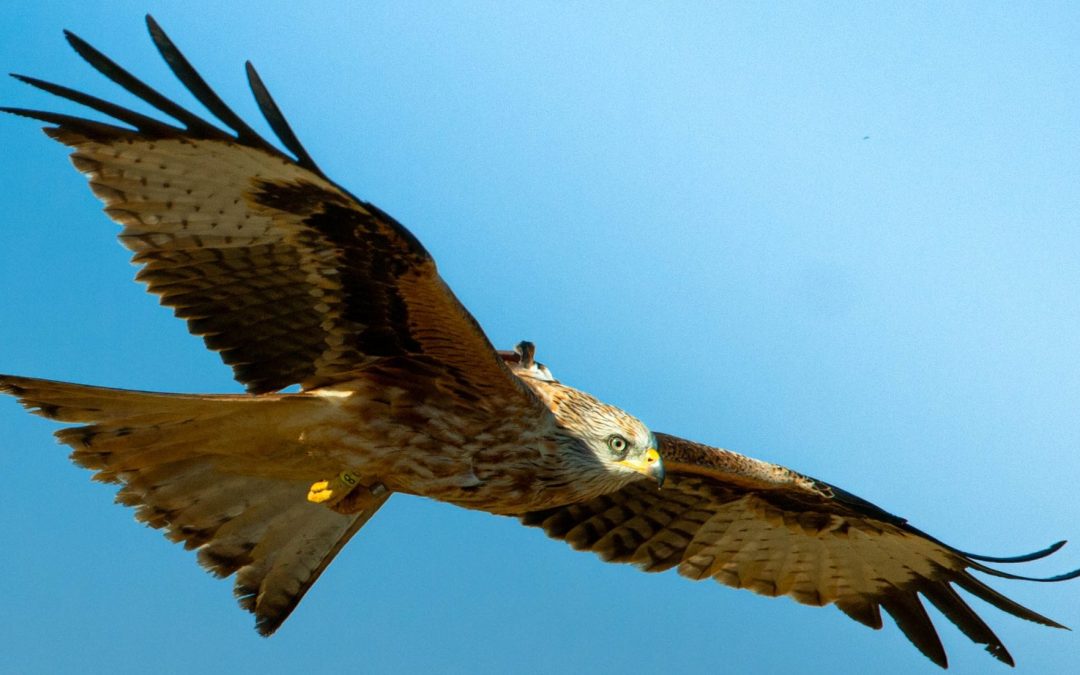
Mar 31, 2022 | Birds, News, Wildlife Monitoring
Red kites are medium-sized partially migratory raptor. They often winter in Spain, but their behaviour there and during those non-breeding periods have not been extensively studied using satellite telemetry. A team used PTTs to understand better this season for those...
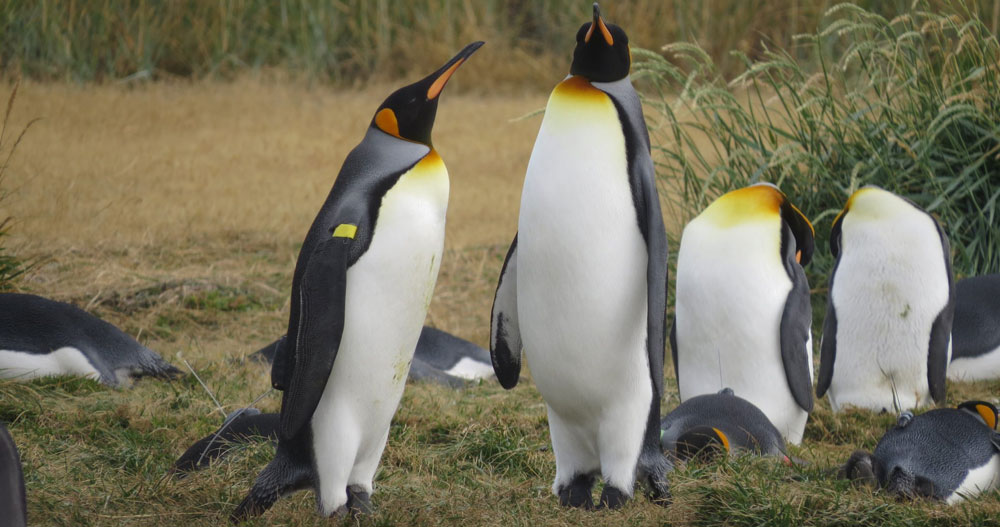
Mar 14, 2022 | Birds, Marine Animals, News, Wildlife Monitoring
King penguins are living around Antarctica, breeding on some of the sub-Antarctic islands. A new colony seems to have been established in Magellan strait, showing the high plasticity of the species. Argos enables to better understand the new colony behaviour. King...
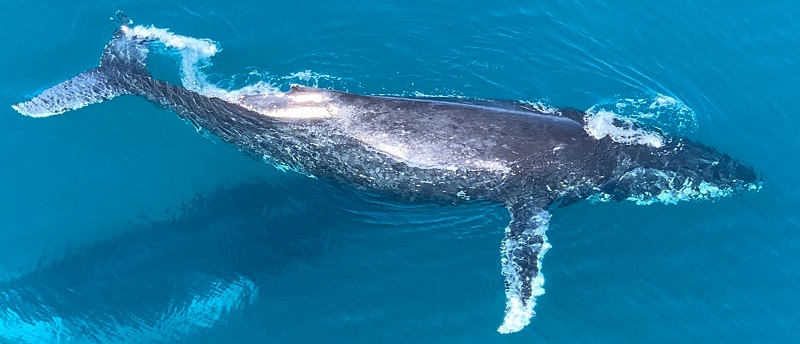
Mar 2, 2022 | Marine Animals, News, Wildlife Monitoring
WWF has just published a report using 30 years of tracking for a meta-analysis of whale migration routes over all the oceans. This map of “migration highways” should help in protecting whales in general, but also the whole oceanic ecosystem, since they are a key...
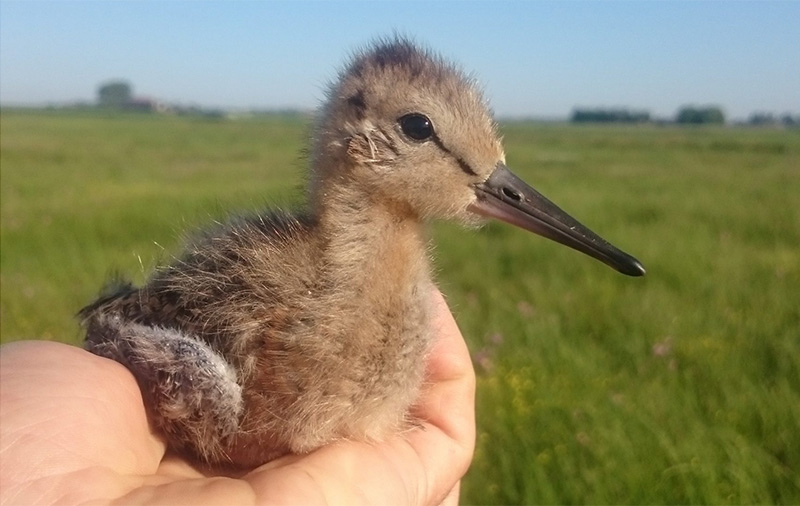
Feb 18, 2022 | Birds, News, Wildlife Monitoring
Tracking a European shorebird called the Black-tailed godwit (Limosa l. limosa) has previously revealed that different populations of godwits have different migratory behaviours (see Black-tailed godwits’ different migration behaviours). Those findings also hinted...
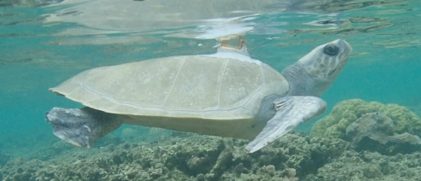
Feb 2, 2022 | Marine Animals, News, Oceanography, Meteorology, Hydrology, Climatology, Wildlife Monitoring
Collecting sea turtle-borne temperature and depth sensor data with Argos satellite telemetry tags helps to sample the first 100 m layer of tropical oceans, where tropical storms and cyclones take their energy. It also enables to understand the behaviour of sea turtles...






